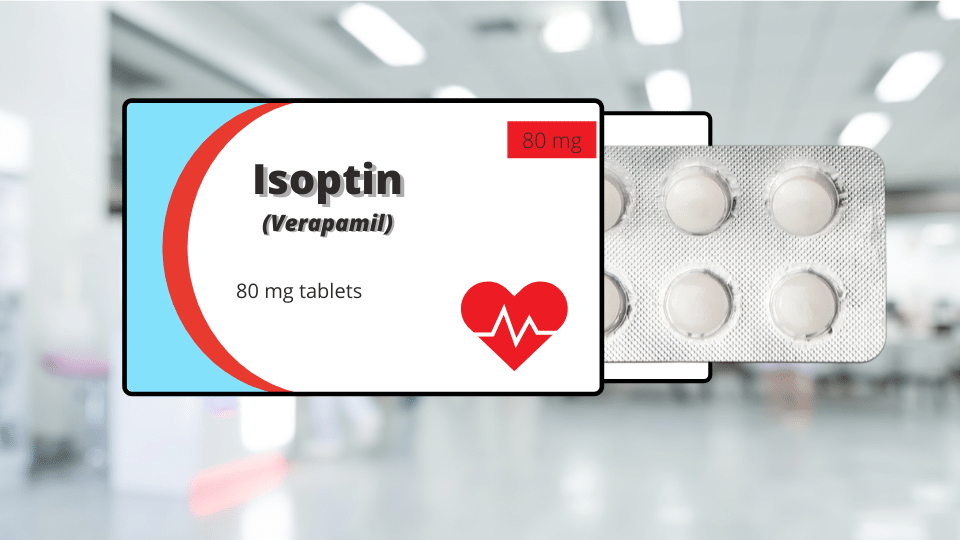5. Side effects associated with intravenous use
Verapamil belongs to a group of drugs calcium channel blockers. It acts by blocking calcium influx into myocardial and vascular smooth muscle cells causing blood vessels relaxation.
Verapamil is used mainly in treatment of hypertension, angina and arrhythmias.
Verapamil can cause dizziness, so you should avoid the activities that requires alertness (e.g. driving) until you find out how it affects you. Sometimes it is important to tell your doctor if you experience any of these side effects.
The most common side effects of the drug are:
Rare side effects of atenolol may include:
The most common is bradycardia (slowing of the heart rate), other symptoms may include:
Verapamil has cardiac depressant effect in overdose, which leads to rapid ventricular rate in atrial fibrillation, sever hypotension, bradycardia, heart block, asystole, heart failure and heart block.
1. Kizior, R.J. and Hodgson, B.B. (2018). Saunders nursing drug handbook 2019. Philadelphia: Saunders.
2. British Medical Association (2015). British Medical Association new guide to medicine & drugs. London: Dorling Kindersley.
3. Joint formulary committee, BNF 80 (The British National Formulary), 80th Revised edition, Pharmaceutical Press, London, United Kingdom, [2020]
Isoptin (Verapamil) is a prescription drug used to treat high blood pressure, angina and several other problems associated with the heart.

The urethra is a muscular canal that extends from the neck of the bladder to the exterior of body. Read more about the anatomy of urethra in this article.

Chronic kidney disease (CKD) is a disease in which irreversible damage to the kidneys leads to a reduction in kidney function. CKD has 5 stages and many complications.

Learn about medical uses, safety profile, mechanisms and interactions of statins.

Comprehensive guide on Ozempic (semaglutide), including its uses, dosage, side effects, warnings, and interactions.
.png)